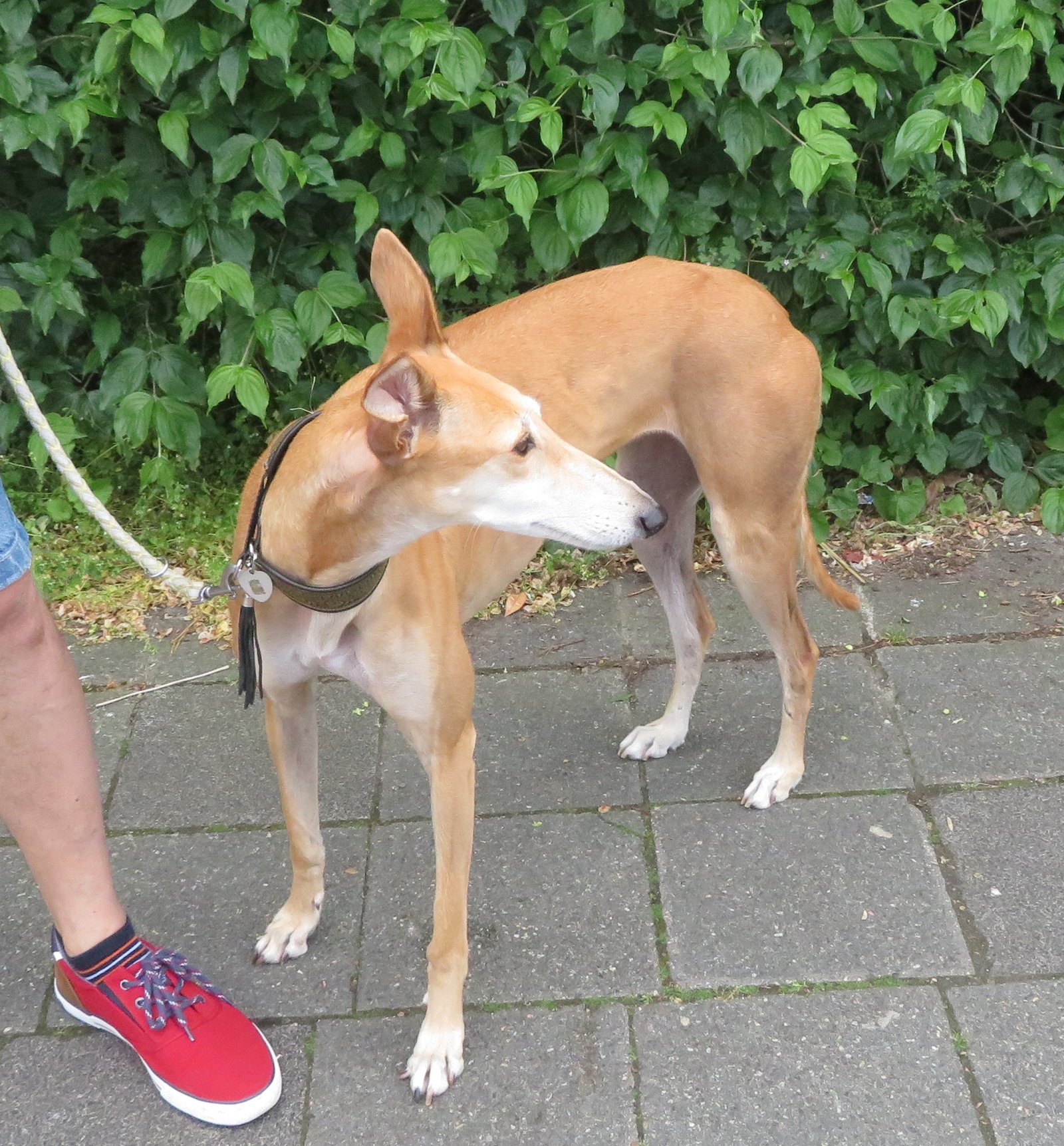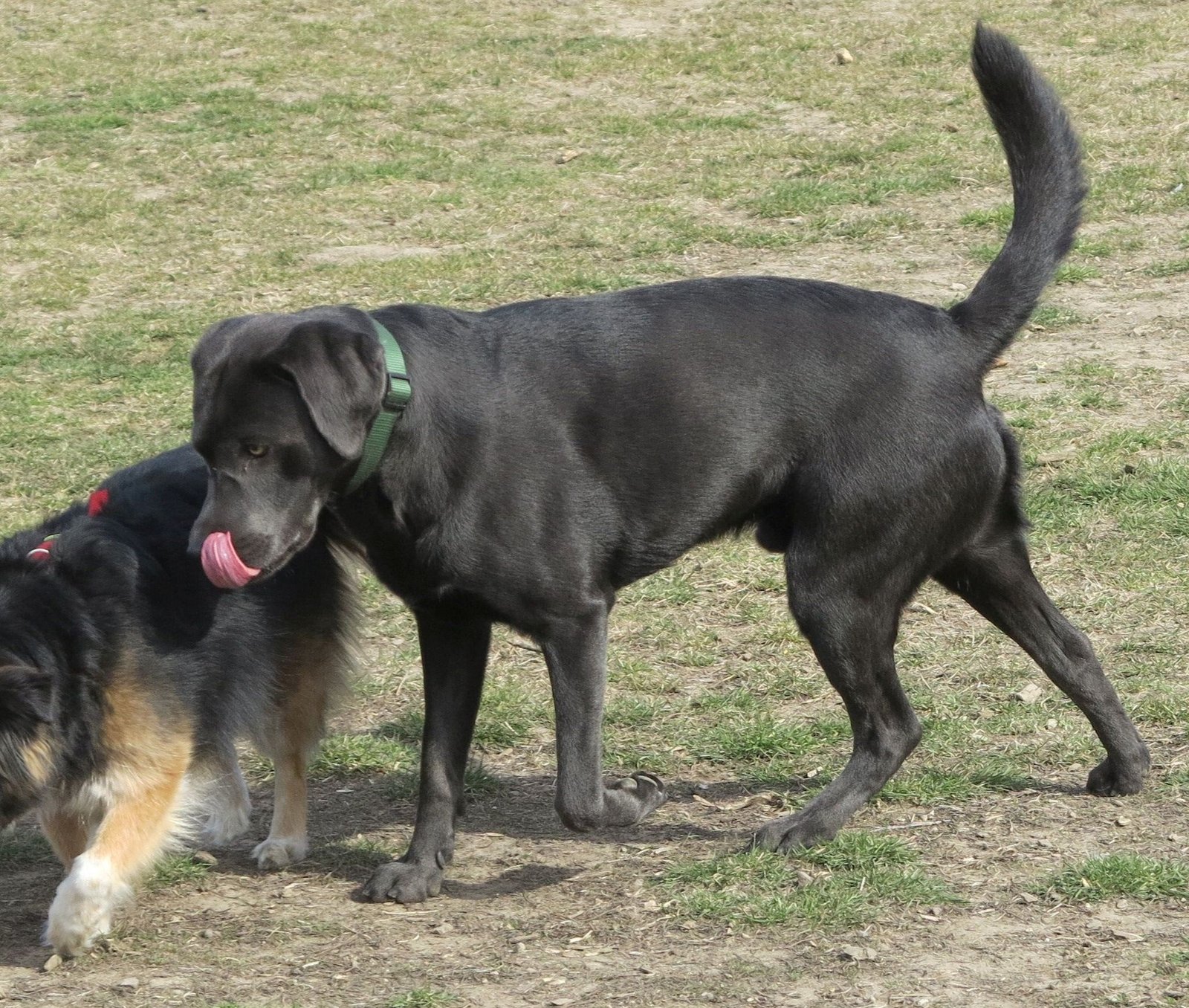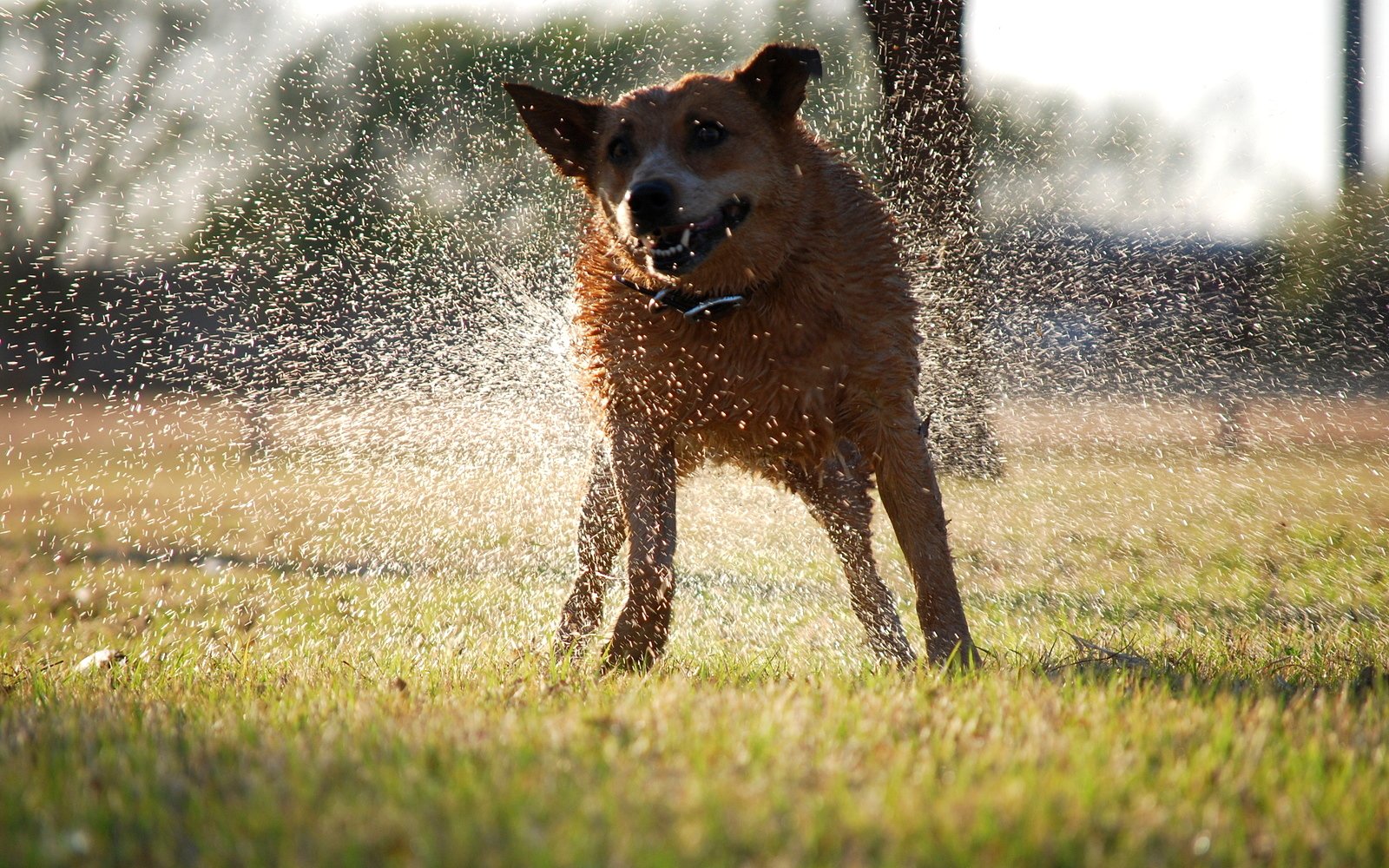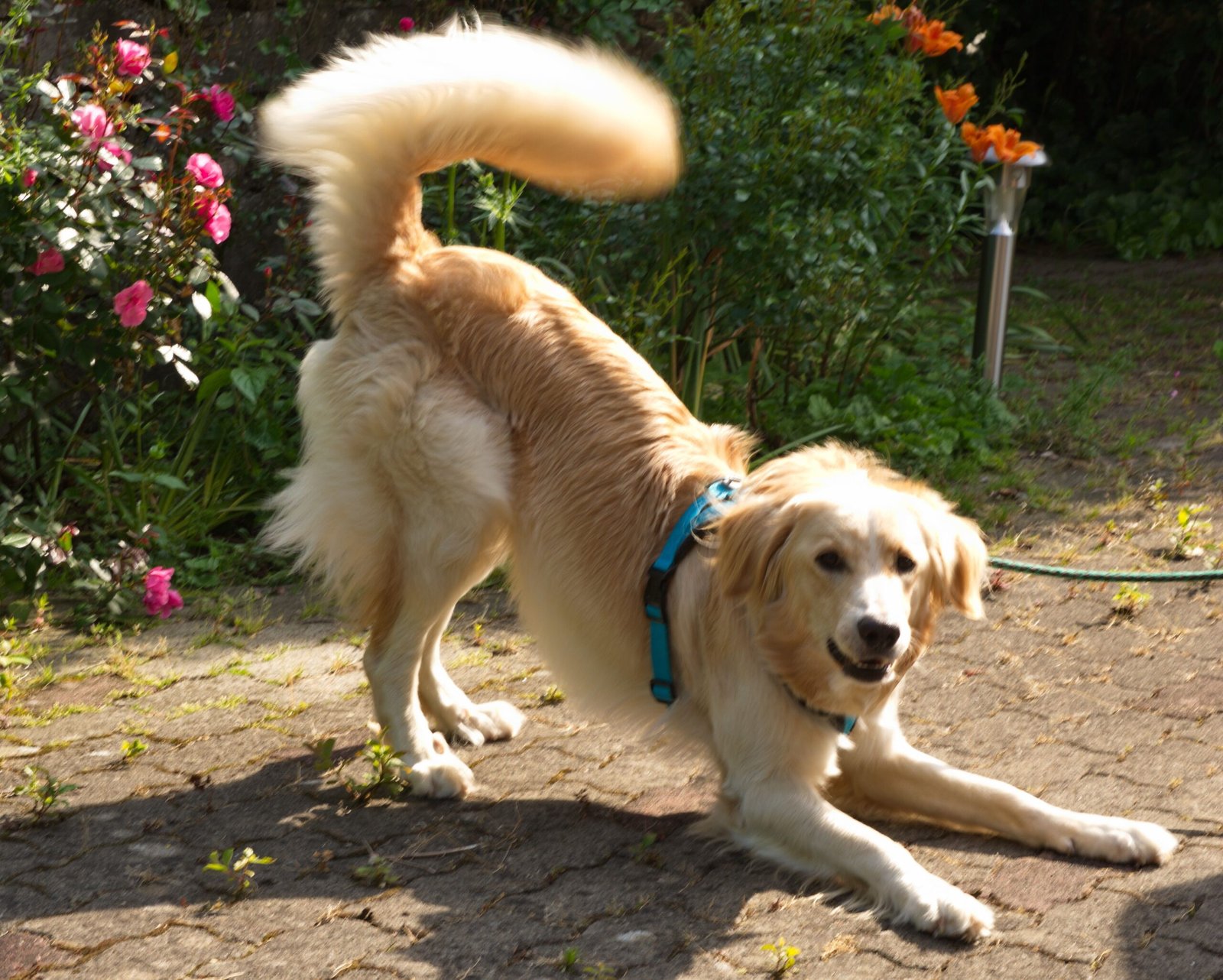Have you ever wondered what your dog is trying to say without barking or whining? Dogs have an incredible way of communicating with us through subtle gestures and actions. These are known as calming signals, and they are like a secret language that our furry friends use to convey that they mean no harm. Understanding these signals can deepen the bond between you and your dog, making your relationship more harmonious. Let’s dive into the fascinating world of canine communication and uncover the ten calming signals that show your dog is not a threat.
Yawning: More Than Just Tiredness

When we see a dog yawning, our first thought might be that they’re simply tired. However, in the canine world, a yawn can mean much more. It’s their way of telling you that they’re feeling a bit stressed or uncertain about a situation. Picture a dog in a crowded park; a yawn could be their way of saying, “I’m not sure about this, but I mean no harm.” It’s a gentle reminder for us to pay attention and help them feel more at ease.
Yawning can also be contagious, just like it is with humans. If you yawn in front of your dog, you might notice them yawning back. This is a sign of empathy and connection. By recognizing this signal, you can better understand your dog’s emotional state and offer comfort when needed. Next time your dog yawns, consider the context and see if there’s a way to make them feel more secure.
Turning Away: A Gentle Gesture

When a dog turns their head or body away from something or someone, it’s not always an act of disinterest. This calming signal is their way of diffusing tension and showing that they’re not a threat. Imagine two dogs meeting for the first time; one might turn away to let the other know they’re friendly and not looking for a fight. It’s like saying, “I come in peace.”
This gesture can also be directed at humans. If you’re approaching a dog and they turn their head away, they’re politely asking for space. Respecting this signal can help build trust and prevent any feelings of anxiety. It’s a gentle reminder to approach with care and understanding.
Licking Their Nose: A Sign of Peace

A quick flick of the tongue across the nose might seem insignificant, but in the world of dogs, it’s a powerful calming signal. This action often occurs when a dog is feeling uneasy or trying to calm themselves down. It’s their way of saying, “I’m not a threat, just trying to keep calm.”
This gesture is often seen during training sessions or when a dog encounters something new. By recognizing this signal, you can adjust the situation to make your dog feel more comfortable. It’s a small action with a big meaning, showing the depth of communication our canine companions are capable of.
Slow Blinking: A Trusting Gesture

When a dog slowly blinks at you, it’s akin to a human smiling softly. This calming signal indicates trust and relaxation. If your dog is slow blinking, they’re telling you that they feel safe and content in your presence. It’s a heartwarming gesture that dog lovers cherish.
In interactions with other dogs, a slow blink can communicate peaceful intentions. It’s a way for dogs to show they’re not looking for conflict and are open to friendly engagement. The next time you notice your dog slow blinking, take it as a compliment to your bond and offer them a gentle pet in return.
Sniffing the Ground: A Distraction Tactic

Sniffing the ground might seem like typical dog behavior, but it can also be a calming signal. When dogs find themselves in stressful situations, they might start sniffing the ground as a way to distract themselves and others. It’s like saying, “I’m busy and not interested in causing any trouble.”
This behavior is common during dog-to-dog interactions. If one dog feels overwhelmed, they might suddenly become very interested in the grass or ground. Recognizing this signal allows us to give our dogs the space they need to feel comfortable. It’s a reminder of the importance of patience and understanding in our interactions with them.
Sitting or Lying Down: A Show of Submission
When a dog sits or lies down in the presence of another dog or person, it’s a way of showing submission and peaceful intentions. This calming signal is their way of saying, “I’m relaxed and not a threat to you.” It’s a gesture of trust and willingness to engage peacefully.
This behavior is often observed in group settings, like dog parks, where dogs are interacting with many others. By sitting or lying down, they’re signaling that they’re open to friendly interactions. It’s a beautiful display of canine communication that reminds us of the social intelligence our dogs possess.
Shaking Off: A Reset Button

If you’ve ever seen a dog shake off as though they were wet, even when they’re dry, it’s more than just a quirky habit. This action is a calming signal that helps them reset after a stressful or exciting encounter. It’s like hitting a mental refresh button, allowing them to move on from the previous moment.
This behavior is common after play sessions or when meeting new dogs. It’s their way of releasing tension and returning to a calm state. Recognizing this signal allows us to understand our dog’s need for a mental break and respect their process of calming down.
Play Bow: An Invitation to Friendship

The play bow, where a dog lowers their front legs and raises their hindquarters, is one of the most joyful calming signals. It’s an invitation to play and a clear indication that they’re friendly. It’s like saying, “Let’s have some fun together!”
This gesture is often seen during playtime with other dogs or even with humans. It’s a universal sign of friendliness and excitement. Understanding this signal enhances our ability to engage positively with our dogs, fostering a playful and loving relationship.
Panting: A Sign of Stress
While panting is a natural way for dogs to cool down, it can also be a calming signal indicating stress or anxiety. When a dog pants excessively in a non-heat related scenario, it’s their way of coping with discomfort. It’s like saying, “I’m feeling stressed, but I’m managing.”
Recognizing this signal allows us to assess the situation and provide comfort. Whether it’s removing them from a stressful environment or offering gentle reassurance, understanding panting as a calming signal helps us support our dogs emotionally.
Tail Wagging: More Than Happiness
A wagging tail is often associated with a happy dog, but it can also be a calming signal depending on the context. When a dog wags their tail slowly, especially if it’s held lower, it’s a sign of submission and non-threatening intentions. It’s like saying, “I’m friendly and mean no harm.”
This signal is often seen when dogs meet new people or animals. By observing the tail’s position and movement, we can better interpret our dog’s feelings and intentions. It’s a reminder that even the most common behaviors can have deeper meanings in the world of canine communication.
In conclusion, understanding these calming signals allows us to connect with our dogs on a deeper level. It’s a reminder of the complex and beautiful language they use to communicate with us and the world around them. By recognizing these signals, we can create a more harmonious and trusting relationship with our furry friends. What calming signals have you noticed in your dog?






